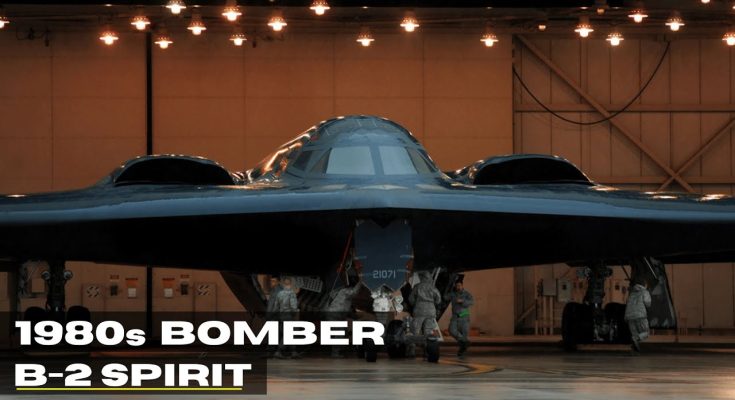This $2 Billion Bomber Might Be Weaker Than You Think
The B-21 Raider, the U.S. Air Force’s newest strategic bomber, is designed to be a cutting-edge, stealthy, long-range weapon that can penetrate modern enemy defenses and carry out a variety of missions, including nuclear and conventional strikes. While the B-21 has captured the attention of military analysts and the public alike with its sleek design and $2 billion price tag, some experts are beginning to question whether this next-generation bomber might not be the all-powerful asset that it’s been touted to be.
A Next-Generation Bomber with Impressive Features
The B-21 Raider is the U.S. military’s response to evolving threats and an aging bomber fleet, specifically the B-2 Spirit and B-52 Stratofortress. The Raider is built to be stealthy, highly maneuverable, and capable of delivering a wide array of payloads, including nuclear weapons. Designed by Northrop Grumman, the B-21 is expected to be a significant improvement over previous bombers, incorporating advanced radar-evading technology, next-gen avionics, and the ability to operate in contested environments.
With an estimated cost of $2 billion per unit, the B-21 is positioned as a game-changer in the realm of strategic bombing. It promises to give the U.S. Air Force the ability to project power over long distances and penetrate even the most advanced anti-aircraft defenses. Its stealth capabilities are particularly important as adversaries increasingly deploy more sophisticated radar systems and air defense networks that could potentially neutralize older bombers.
A Price Tag That Raises Concerns
Despite the excitement surrounding the B-21, its $2 billion price tag is a matter of concern for some critics. While the price is consistent with other modern stealth aircraft like the F-35 and B-2, there are growing doubts about whether the bomber’s cost-effectiveness justifies its price.
The B-21 is intended to be a high-tech weapon, but as military budgets are constrained, some question whether this bomber will provide the return on investment needed to justify its hefty price. In a rapidly changing global defense landscape, there is the concern that the B-21 might become outdated even before it reaches full operational capacity. While the bomber may excel in stealth and precision, its ability to adapt to emerging threats is still uncertain.
Additionally, maintaining and operating such a sophisticated platform comes with its own set of challenges. The B-2 Spirit, which shares similar technology, has experienced significant maintenance issues and costly upkeep over the years, and there is a concern that the B-21 could face similar challenges. High maintenance costs and lengthy repair times could negate some of the advantages provided by the bomber’s advanced capabilities.
Is the B-21 Ready for the Future?
The main question facing the B-21 is its ability to keep up with the rapidly advancing anti-access/area denial (A2/AD) environments, where adversaries are investing heavily in hypersonic weapons, advanced cyberwarfare tactics, and directed-energy weapons. While the B-21 is designed to penetrate the most sophisticated air defenses, emerging technologies may rapidly reduce its effectiveness.
For instance, the development of hypersonic missiles and anti-stealth radar could make even the most advanced bombers like the B-21 vulnerable in the future. The bomber’s ability to adapt to these challenges and remain relevant in future warfare scenarios is still uncertain.
Conclusion: A High-Tech Gamble
The B-21 Raider represents a major leap forward in terms of stealth and long-range capabilities, but its $2 billion price tag and unproven ability to handle emerging threats raise valid concerns. While it may serve as a cornerstone of U.S. nuclear deterrence and conventional strike capabilities, the B-21’s true effectiveness will only become clear as it enters active service and faces the challenges of modern warfare.
In the ever-evolving landscape of military technology, even the most expensive and advanced aircraft may find themselves outpaced by new innovations, making the B-21 a potentially high-tech gamble for the U.S.



